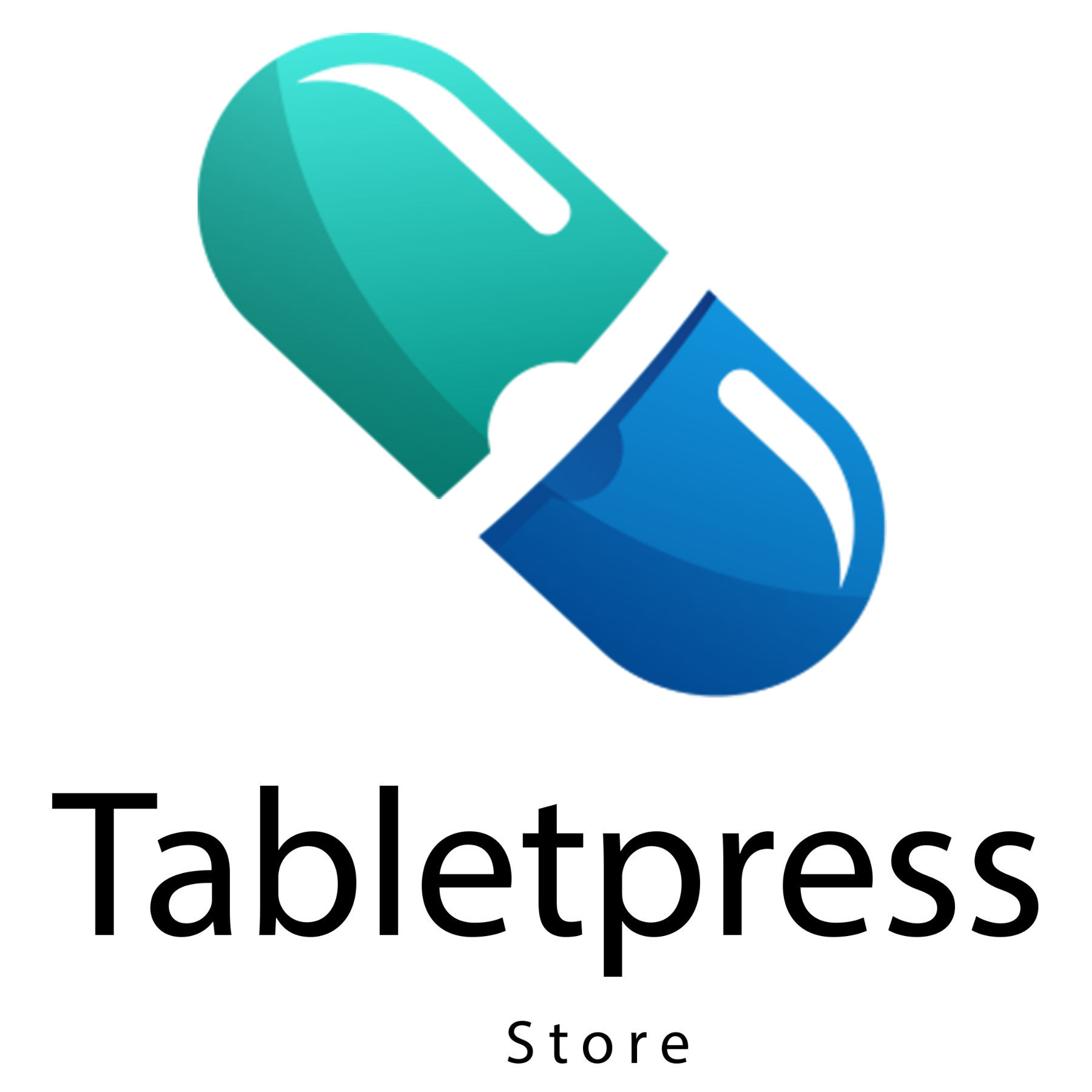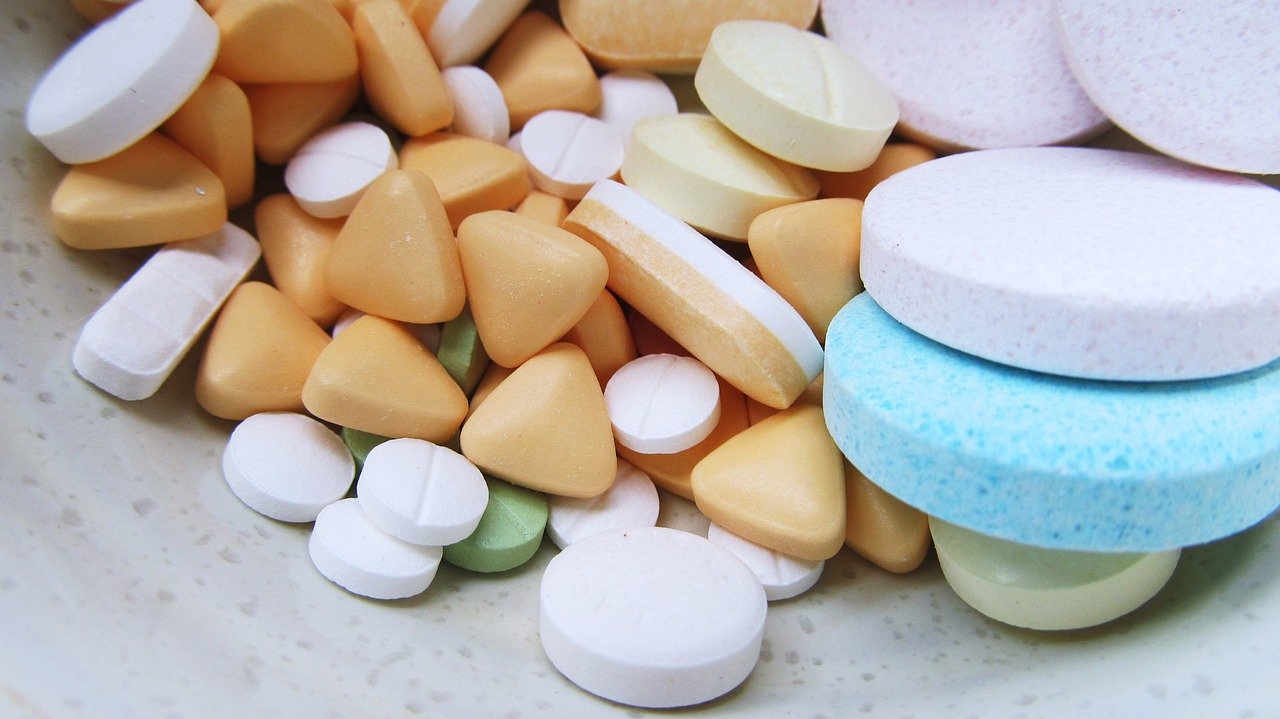Tablet manufacturing is a key production process in the pharmaceutical industry, where quality, speed, and cost-effectiveness are crucial factors. Tablet presses, as central machines in this process, significantly influence efficiency and product quality. Optimizing the efficiency of tablet presses is therefore a strategic goal that not only reduces production costs but also increases a company's competitiveness. This article presents a practical approach to increasing the efficiency of tablet presses by considering technological, organizational, and process-related aspects.
First, it's important to understand that the efficiency of a tablet press depends on various factors. In addition to machine performance and technology, the material properties of the powder, machine settings, and maintenance also play a crucial role. A frequently underestimated factor is the powder formulation and its flow properties. The tablet press operates optimally when the powder is filled evenly and consistently into the die. Precise dosing systems and a fine, homogeneously mixed powder are crucial here. Adapting the powder mixture to the specific properties of the press—for example, with regard to particle size, moisture content, and flow behavior—reduces disruptions and downtime.
Another key lever for increasing efficiency lies in the optimal adjustment of process parameters. Speed, pressing force, stroke height, and filling depth must be carefully coordinated. While high pressing speeds can increase output, they often lead to quality problems such as breakage or uneven tablet hardness. Therefore, an iterative approach is recommended: systematic testing of different settings allows the optimal compromise between speed and product quality to be found. Modern tablet presses are often equipped with sensors and control systems that enable automatic adjustment and monitoring of parameters. This minimizes human error and allows for continuous process optimization in real time.
In addition to the technical aspects, regular and predictive maintenance plays a crucial role in the availability and reliability of the tablet press. A maintenance concept based on preventive measures prevents unexpected machine breakdowns and extends the service life of components. In addition to cleaning and lubrication, this includes the inspection and timely replacement of wear parts such as dies and punches. Training of operating personnel in the correct handling and maintenance of the machine usefully complements this approach.
The integration of data-based analytics and digital process monitoring offers new opportunities to further increase efficiency. By collecting and evaluating machine data, weak points in the production process can be identified and targeted improvements can be made. For example, predictive maintenance systems can predict malfunctions before they occur, thus avoiding unplanned downtime. Furthermore, the evaluation of product quality in conjunction with process parameters allows conclusions to be drawn about optimization potential.
A holistic approach to increasing efficiency also takes production planning and organization into account. Efficient production planning minimizes setup times and ensures continuous utilization of the tablet press. Bottlenecks and interruptions are reduced, which has a positive impact on overall productivity. Furthermore, collaboration between development, production, and quality assurance is essential for implementing process changes quickly and smoothly.
In summary, optimizing the efficiency of tablet presses involves a complex interplay of various factors. A practical approach should include adapting the powder formulation, precisely adjusting machine parameters, systematic maintenance, and utilizing modern digitalization technologies. Complemented by efficient production planning and qualified personnel, this can significantly increase productivity while simultaneously ensuring tablet quality. Only through this holistic approach can long-term competitiveness in tablet manufacturing be secured.





